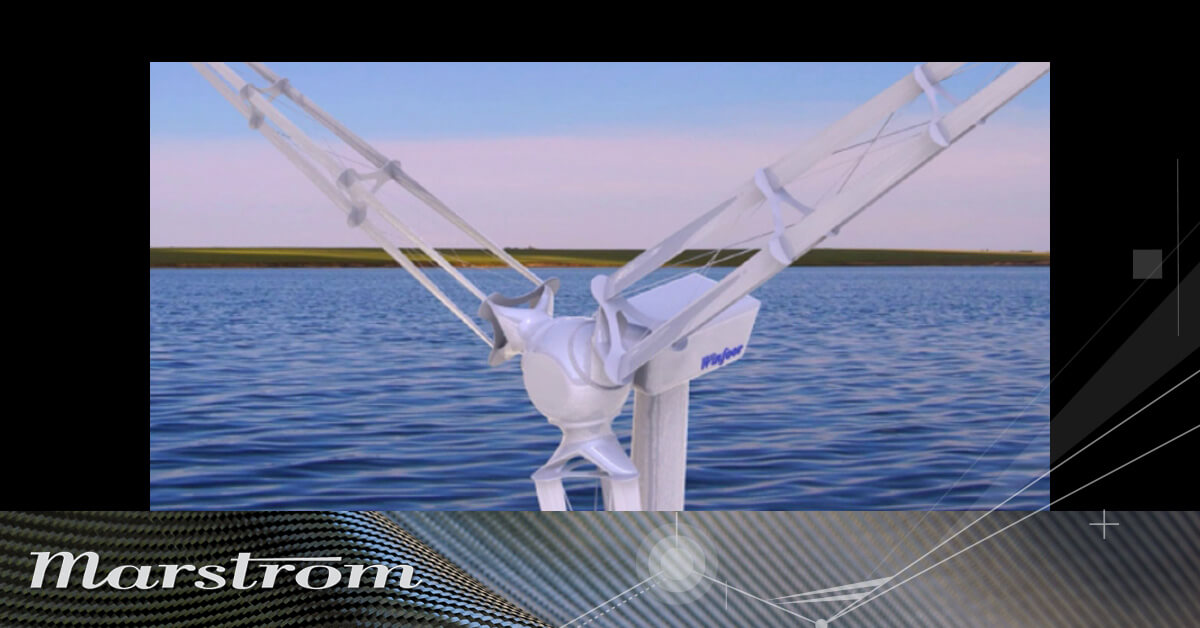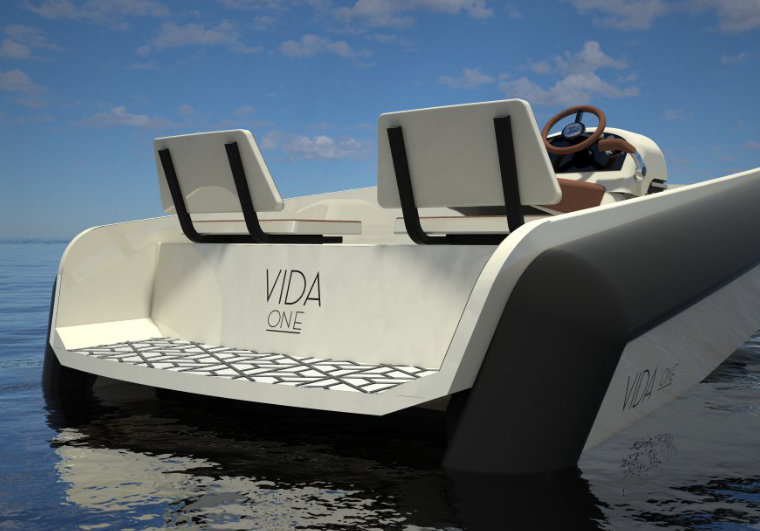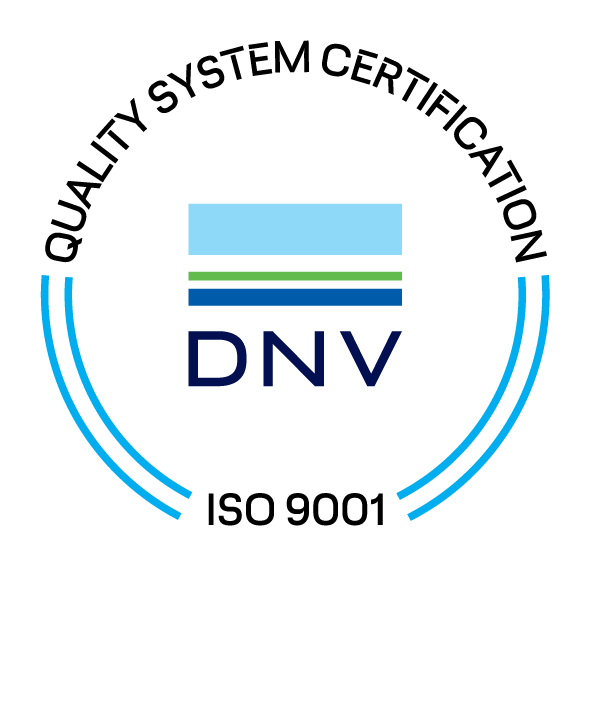Rotor blades account for nearly 25% of the total wind turbine cost.
Also, cost and mass of blades increase faster than the power output, when scal-ing up blade length. Furthermore, the stresses and strains to which rotor blades of wind turbines are exposed are truly immense, leading to problems with fatigue, deformations and cracks.
Triblade™ is a patent pending technology for making blades stronger, longer and much lighter. The result is lower material cost, more power output and less problems with fatigue, deformations and cracks.
WINFOOR’S DESIGN – FRAMEWORK (TRUSS)
Triblade™ is built as a 3D framework. Instead of a single rotor blade, three parallel blades are con-nected by struts to form a light and strong struc-ture.
Triblade™ has been tested in wind tunnel and through computer simulations. Analyses show very good structural and aerodynamic properties.
Winfoor AB | Want to know more about this project and what we can help you with?
Do not hesitate to contact us. Responsible for this project: Per Wärn
Also, cost and mass of blades increase faster than the power output, when scal-ing up blade length. Furthermore, the stresses and strains to which rotor blades of wind turbines are exposed are truly immense, leading to problems with fatigue, deformations and cracks.
Triblade™ is a patent pending technology for making blades stronger, longer and much lighter. The result is lower material cost, more power output and less problems with fatigue, deformations and cracks.
WINFOOR’S DESIGN – FRAMEWORK (TRUSS)
Triblade™ is built as a 3D framework. Instead of a single rotor blade, three parallel blades are con-nected by struts to form a light and strong struc-ture.
Triblade™ has been tested in wind tunnel and through computer simulations. Analyses show very good structural and aerodynamic properties.
Winfoor AB | Want to know more about this project and what we can help you with?
Do not hesitate to contact us. Responsible for this project: Per Wärn





